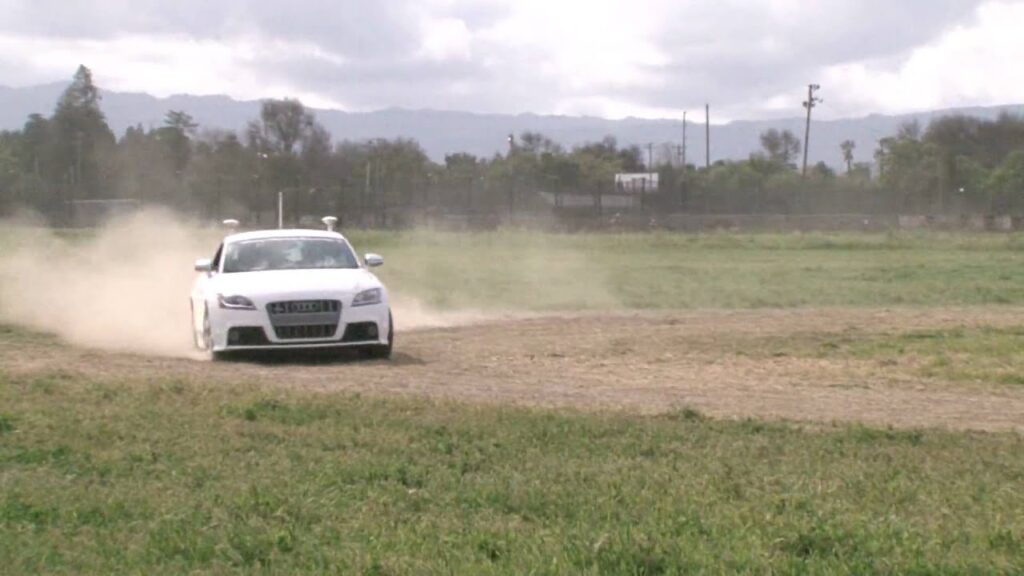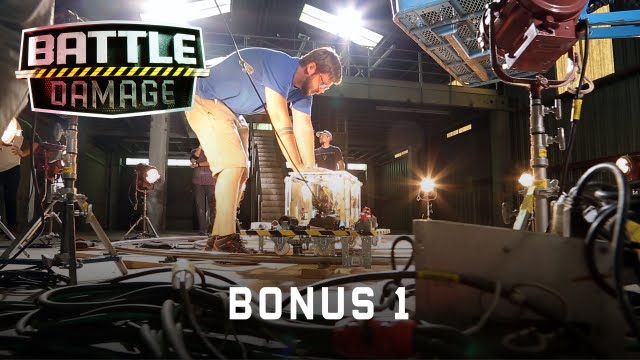The Ins and Outs of The Fast and Furious Franchise: A Q&A with Dennis McCarthy
Summary
Dennis McCarthy, head of vehicles for the Fast and Furious franchise, recently participated in a Q&A session on Twitter. In this article, we’ve compiled his answers to a number of interesting questions, including how the franchise approaches car wrecks, why torque and horsepower matter, and the importance of spoilers for race cars. We’ve also touched on a number of other automotive topics, including what gas to use for stunts, why diesel engines need heat and pressure to ignite, and the process behind the franchise’s wild stunts.
Table of Contents
- Diesel vs Gasoline Engines: What’s the Difference?
- The Importance of the Driveshaft
- Tips for Safe Driving in the Rain
- Why Did the Fast and Furious Engine Fail?
- Why Do People Rev Their Engines?
- Creating the Stunts for Fast and Furious
- Conclusion
Diesel vs Gasoline Engines: What’s the Difference?
Diesel and gasoline engines are two of the most common types of engines in the world. In this section, Dennis provides insights into the key differences between the two, explaining that diesel requires much higher heat and pressure to ignite, while gasoline engines are spark-ignited.
Diesel engines work by compressing air to a high enough pressure that it creates heat, which then ignites the air-fuel mixture once it’s injected into the engine’s cylinders. Gasoline engines, on the other hand, requires a spark plug to ignite the air-fuel mixture.
Ultimately, diesel engines are more efficient than gasoline engines, but they’re also heavier and require more maintenance.
The Importance of the Driveshaft
The driveshaft is an important component of any vehicle, as it helps transfer the rotational force from the engine to the wheels. In this section, Dennis explains how the driveshaft works and why it’s important to keep this component in good condition.
The driveshaft is a long, cylindrical tube that connects the transmission to the rear axle of the vehicle. It spins when the engine is running, transferring torque to the wheels to create forward motion. It’s important to make sure the driveshaft is in good condition, as any damage can lead to reduced power, vibration, or even a complete failure of the car’s drivetrain.
Tips for Safe Driving in the Rain
Driving in the rain can be challenging, particularly if you’re not used to it. In this section, Dennis offers some tips on how to stay safe on wet roads.
One of the most important things to remember when driving in the rain is to slow down. This gives you more time to react to hazards in the road and reduces your chances of hydroplaning. It’s also important to make sure your tires are properly inflated and have good tread, as this can affect your car’s grip on wet roads. Finally, make sure to avoid sudden movements, such as braking or accelerating sharply, as this can cause your car to lose traction.
Why Did the Fast and Furious Engine Fail?
In the Fast and Furious movie franchise, one of the most exciting moments is the street race scenes. In this section, Dennis discusses why the engine in the Fast and Furious car might have failed during one of these key scenes.
According to Dennis, there are several factors that can contribute to engine failure during high-performance driving. In the case of the Fast and Furious car, it’s possible that the engine was pushed beyond its limits or wasn’t properly maintained. Another possibility is that a critical component, such as the cooling system or fuel delivery system, failed under the extreme conditions of the race.
Why Do People Rev Their Engines?
One of the most distinctive sounds in the automotive world is the revving of an engine. But why do people do it? In this section, Dennis offers some insight into this popular practice.
According to Dennis, people often rev their engines to show off the power of their car. It can also be a way to intimidate other drivers or draw attention to oneself. However, it’s important to remember that excessive revving can be damaging to your car’s engine and can be a noise nuisance to others.
Creating the Stunts for Fast and Furious
The Fast and Furious franchise is known for its heart-stopping stunts and action scenes. In this section, Dennis discusses the process behind creating these jaw-dropping moments.
According to Dennis, creating stunts for the Fast and Furious movies is a collaborative effort between the director, stunt coordinator, and the film crew. Often, the stunts are created using a combination of practical effects, such as real cars and explosions, and computer-generated effects.
While the ultimate goal is to create an exciting and visually stunning sequence, safety is always the top priority. The crew takes great care to ensure that all stunts are done in a controlled environment with appropriate safety measures in place.
Conclusion
From the differences between diesel and gasoline engines to the importance of the driveshaft, Dennis McCarthy’s Q&A session offered a wealth of information for automotive enthusiasts. Whether you’re a fan of the Fast and Furious franchise or just interested in learning more about cars, these insights provide an interesting look at the world of high-performance vehicles.







